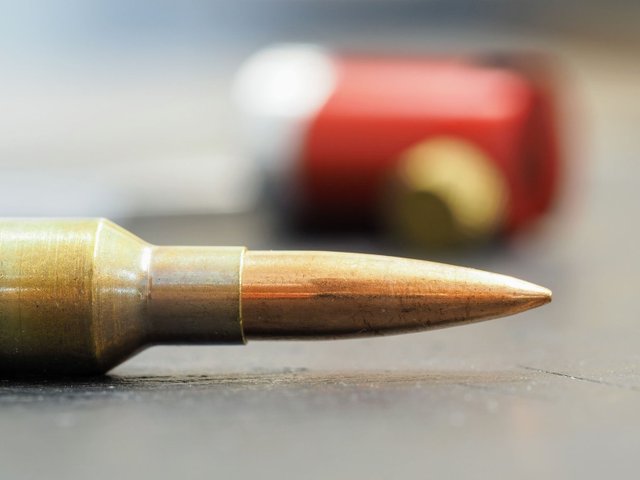The "understanding" of firearms comes from movies, television, books, and often video games these days. I was able to tell a lot of people with a lot of enthusiasm about a particular weapon-system just to know that they got that information from a video game. Yes, that's right.

The information obtained from those places may not be accurate; Of course, it can be suitable for any person. "The call of duty is based on the real truth," but in reality one person thought that gaining knowledge of firearms from watching strike backs on TV or playing video games would be the same. . For the record, it won’t.
I ask a lot of questions about firearms; Mostly reasonable. I also say a lot of things, often unarmed or with no real sign by them. The former I can answer as much as possible and the answer. well, I have a face for it. it's rather blank.
Yesterday I was asked a question to a little boy about eleven years old who plays the Fortnite game. Which I know literally nothing. To the best of my knowledge the boy had no exposure to guns in the real world. But he asked a great question and I answered the little guy with an eleven-year-old-appropriate answer.
Little Champ asked what a shooter felt on his, [or her] shoulder while firing the rifle. He interpreted it differently but basically what is felt on the shoulder when the trigger is broken. Great question.
It is called frustration and it is Newton's third law; The force required to accelerate something is equal. The opposite, however, will create energy or reaction. It's physics you don't know.
The bullet is moving forward due to the exploding gas, which will be unbalanced by the same and opposite motion pressed on the gun. This recovery will be absorbed by the shooter and eventually it will reach the ground. It will initially impact the shoulder while shooting rifles and shotguns. With handguns it reaches the wrists, arms, shoulders and so on until it reaches the ground. I’ve always called it recovery but the word kick is relevant because it can feel like it.
Here I am referring to hand-held firearms but the same can be said of field-carrying pieces, tanks and ships or ground mounted guns. The platform on which it is mounted transfers the velocity to the ground. In most cases these systems use counter recovery mechanisms such as buffering springs and hydraulic mechanisms, it uses the same principle as the shooter with its body speed.
I usually take a prone position when shooting long range. I'm sure you are all familiar with the position that a sniper can take. Lying on the back of the gun the legs spread from very wide to the left and right, the toes pointing left and right and the inner plane pointing to the ground. It wasn’t made for comfort because it’s not so comfortable! This is done to ground the body for stability and to better manage the chaos, among other things that I don’t need here; Stealing for one.
I want my body to touch the ground as much as possible. This means that my own movement minimizes the potential error. Of course one has to breathe which affects the shot very much but it has been taken care of by the breathing process and giving time to the shot around it. This stabilization, becoming so baseless, also aids in trigger-pulling which also helps to regain critical critical position for the shot. Above you see me firing a 0.300 Winmag. It is well known for kicking like a mule. Note the shooting location.